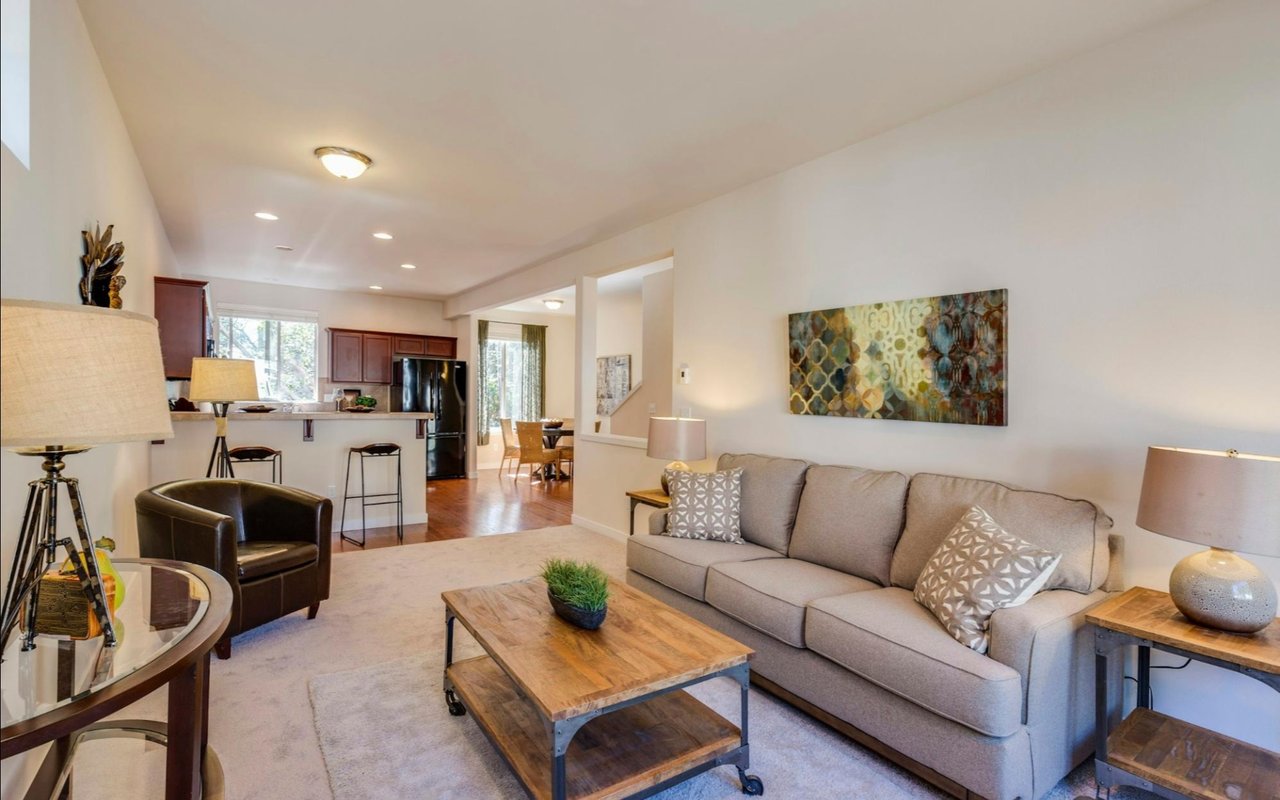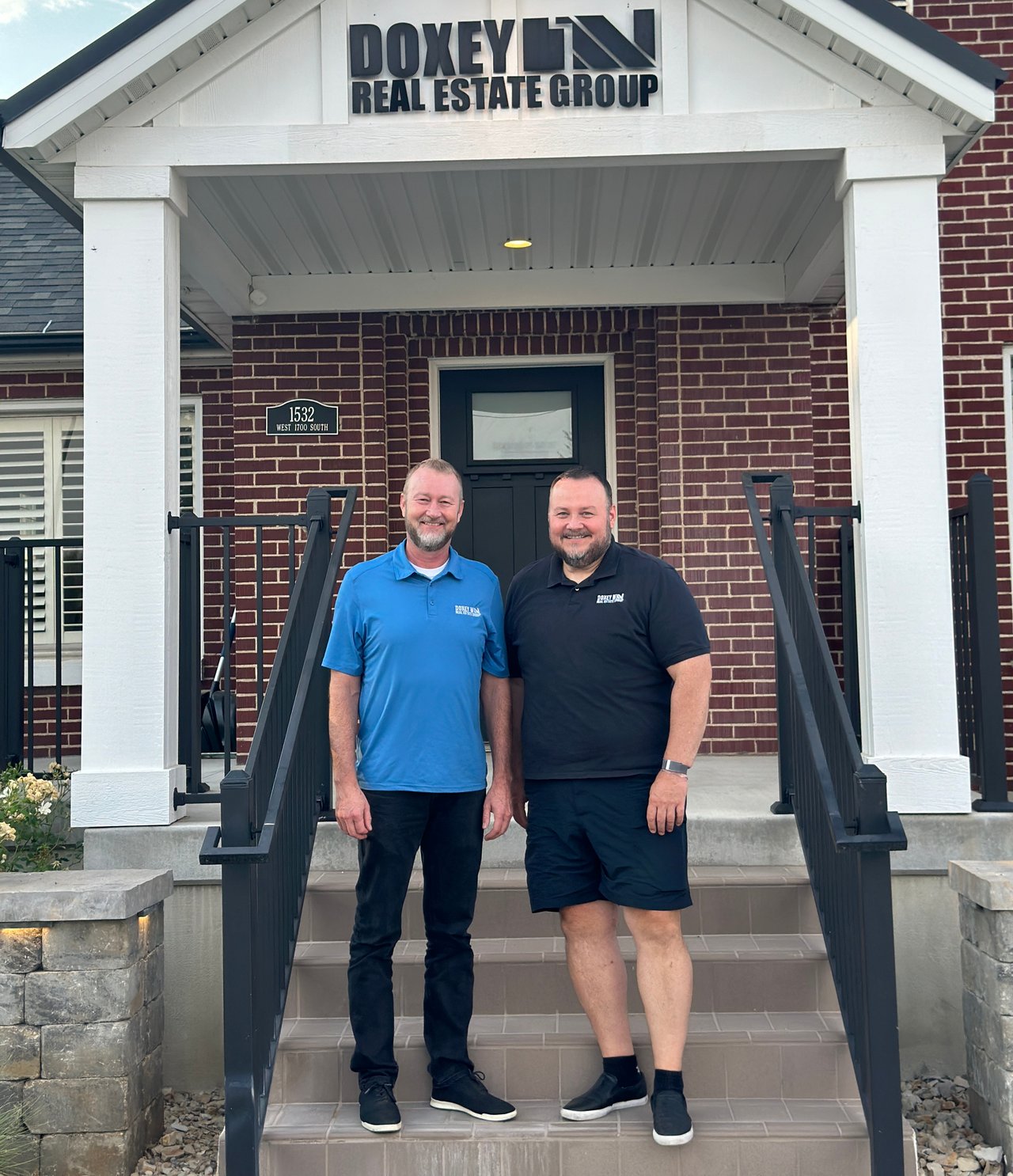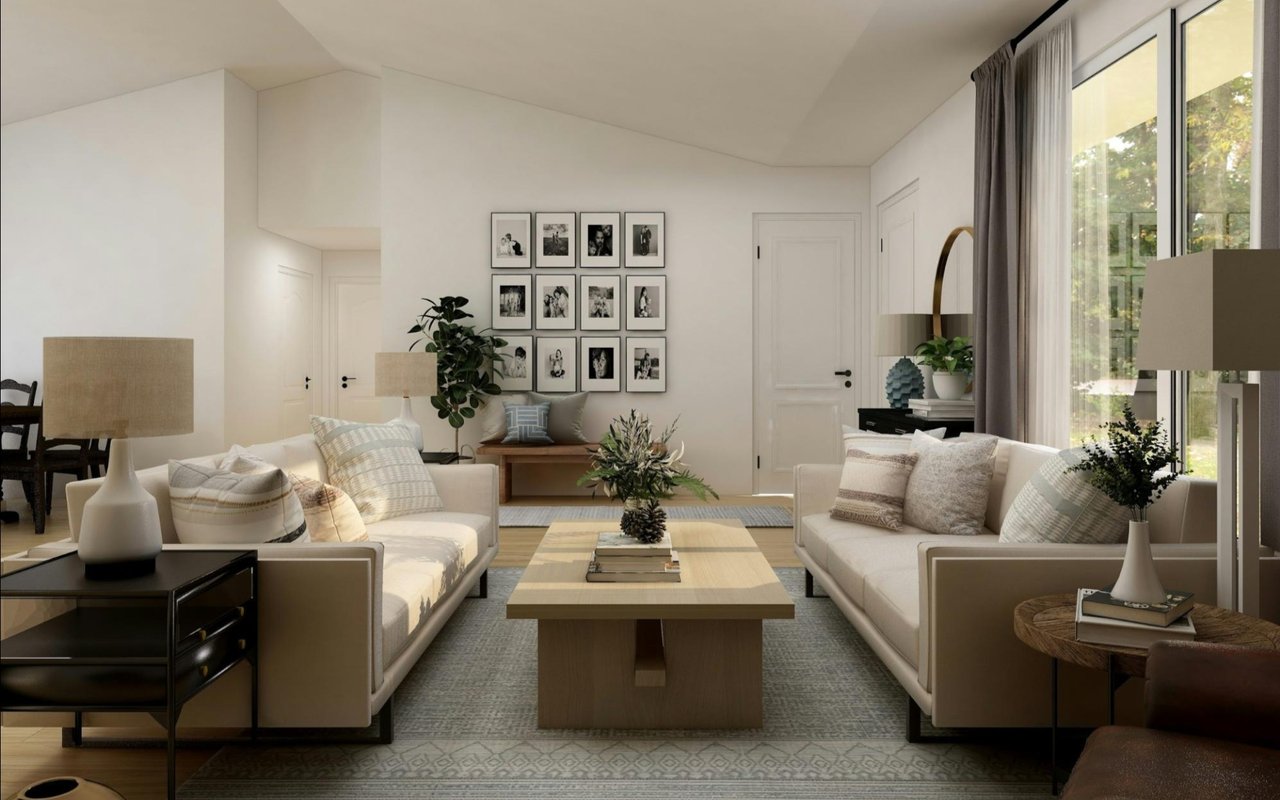If you’re seeking a space where you can open the door, unpack, and immediately enjoy, the draw of a move-in ready home is obvious. You can skip the mess and start living — without the paint chips, drywall dust, and waiting on a contractor’s calendar. The question is whether that convenience, speed, and certainty actually serve your goals, budget, and long-term plans.
This guide will walk you through what a “move-in ready” home really means, the real costs behind the shine, and how to determine your path with confidence.
What Move-In Ready Actually Means
“Move-in ready” is marketing shorthand, not a legal standard. In most cases, it means that the home is clean, functional, and updated enough that you can live there comfortably on day one without urgent upgrades. Important systems should be working as expected, surfaces and finishes should be in good condition, and the aesthetic will likely be broadly appealing. However, this label does not guarantee perfection. It also does not promise that every single component is new, durable, or covered by a warranty.
If your offer is accepted, you should still verify with a thorough inspection. Is the roof near the end of its expected lifespan? Is the kitchen brand new? Were the windows replaced or just re-caulked? Did the seller upgrade the electrical panels or simply swap the fixtures to modernize the look? Your real estate agent can help you separate true readiness from a fast cosmetic refresh so that you can understand the difference accurately.
If your offer is accepted, you should still verify with a thorough inspection. Is the roof near the end of its expected lifespan? Is the kitchen brand new? Were the windows replaced or just re-caulked? Did the seller upgrade the electrical panels or simply swap the fixtures to modernize the look? Your real estate agent can help you separate true readiness from a fast cosmetic refresh so that you can understand the difference accurately.
The Upside: Why Move-In Ready Appeals To Many Buyers
With turnkey homes, speed is the headline benefit. You can shorten the gap between making an offer and settling into the new space. If you are relocating for work, juggling a packed schedule, or coordinating a simultaneous sale, avoiding a months-long renovation can be priceless. You can also reduce decision fatigue. There is no need to spend long weekends scouring tile showrooms, managing bids from contractors, or learning the difference between bridge loans and renovation loans.
Predictability is the second major perk. When the heavy lifting has already been done, you gain clearer cost visibility. That can help you budget more effectively, lock in a mortgage, and protect your emergency fund. You can also position yourself to compete strongly in fast-moving markets where turnkey homes attract multiple offers. If time and certainty are the outcomes you value most, this path can be an excellent fit.
Predictability is the second major perk. When the heavy lifting has already been done, you gain clearer cost visibility. That can help you budget more effectively, lock in a mortgage, and protect your emergency fund. You can also position yourself to compete strongly in fast-moving markets where turnkey homes attract multiple offers. If time and certainty are the outcomes you value most, this path can be an excellent fit.
The Tradeoffs: What You Give Up
Of course, you pay a premium for convenience. Sellers and builders price in both the money they spent on improvements and the value of your saved time. That premium price can be worth it if you need to move quickly or if you would rather not take on a renovation. If you are comfortable with renovation projects and want instant equity, however, you might prefer a home that needs some updates.
You also sacrifice some creative control. Move-in ready homes are designed to appeal to as many buyers as possible, with neutral-leaning finishes and layouts. If you have a distinct style, or if you plan to reconfigure spaces significantly, you may end up undoing work you already paid for.
You also sacrifice some creative control. Move-in ready homes are designed to appeal to as many buyers as possible, with neutral-leaning finishes and layouts. If you have a distinct style, or if you plan to reconfigure spaces significantly, you may end up undoing work you already paid for.
Total Cost Of Ownership: Sticker Price vs. Real Costs
Do not stop at the purchase price; compare the total cost of ownership for each path you are considering. A move-in ready home often carries a higher initial price, but you may save on carrying costs, rent during renovations, temporary storage, and months of contractor invoices. Conversely, a fixer-upper may close at a discount, but you should model realistic labor and material costs, permit fees, and contingency buffers.
Run the numbers with parallel scenarios. What will you spend in the first five years if you buy turnkey versus buying a home that needs a new kitchen and roof? Add inflation assumptions for materials, and work through timelines. A transparent spreadsheet is more helpful than guesswork.
Run the numbers with parallel scenarios. What will you spend in the first five years if you buy turnkey versus buying a home that needs a new kitchen and roof? Add inflation assumptions for materials, and work through timelines. A transparent spreadsheet is more helpful than guesswork.
Inspection, Disclosures, And Contingencies Still Matter
A polished home can sometimes hide deferred maintenance. So, you still need a thorough inspection, a sharp eye on seller disclosures, and the right contingencies. Ask for receipts, permits, and warranties for any recent work. Confirm that updates were completed by licensed professionals. Look closely at systems that are easy to overlook, such as sewer lines, insulation, grading and drainage, and ventilation.
Even if you are willing to waive certain contingencies in a competitive market, do so with full awareness of the downsides. You want to understand the age and condition of big-ticket items like HVAC, electrical, plumbing, windows, and roof. A clean inspection on a move-in ready home should give you near-term peace of mind. If it does not, renegotiate, request credits, or look for a better fit.
Even if you are willing to waive certain contingencies in a competitive market, do so with full awareness of the downsides. You want to understand the age and condition of big-ticket items like HVAC, electrical, plumbing, windows, and roof. A clean inspection on a move-in ready home should give you near-term peace of mind. If it does not, renegotiate, request credits, or look for a better fit.
Customization, Upgrades, And Resale Value
A move-in ready home might not be your forever aesthetic, so plan for how you will layer in personality over time without demolishing expensive, recently installed features. Small, high-impact changes can make a world of difference. Think lighting, hardware, paint, landscaping, and built-in storage. These changes allow you to personalize the space without sacrificing the efficiency of your move.
Who Move-In Ready Fits Best
If you value time over customization, prefer cost certainty over equity-building projects, or you are relocating and need immediate livability, a move-in ready space is likely a smart match. You can avoid managing contractors, juggling permits, and living through renovation debris.
On the other hand, if you are passionate about design, comfortable with project management, or searching for below-market pricing with upside potential, you may be happier pursuing a home that needs some updates. You can shape the space to your taste, phase improvements to suit your budget, and capture appreciation tied to the upgrades you execute yourself.
On the other hand, if you are passionate about design, comfortable with project management, or searching for below-market pricing with upside potential, you may be happier pursuing a home that needs some updates. You can shape the space to your taste, phase improvements to suit your budget, and capture appreciation tied to the upgrades you execute yourself.
The Bottom Line
A move-in ready home is about speed, simplicity, and predictability. It can be the perfect solution if you want to arrive and start living. However, it might be a mismatch if your true goal is equity building or design freedom. Either way, make the decision deliberately. Your future self will thank you.
If you’re ready to explore your real estate options in Syracuse, Utah, Doxey Real Estate Group will lead the way. Reach out today.
If you’re ready to explore your real estate options in Syracuse, Utah, Doxey Real Estate Group will lead the way. Reach out today.




